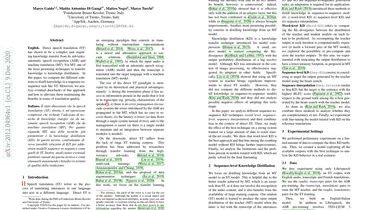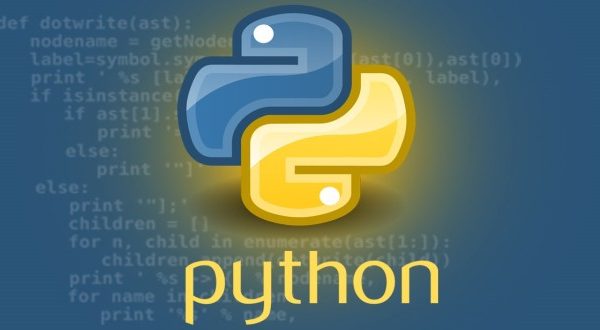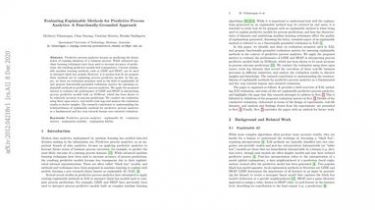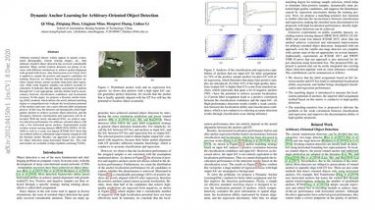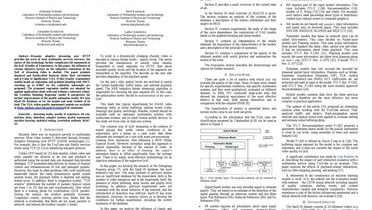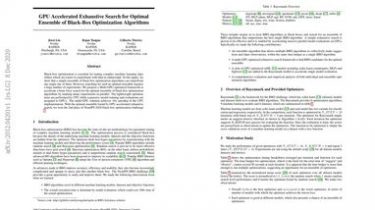On Knowledge Distillation for Direct Speech Translation
Direct speech translation (ST) has shown to be a complex task requiring knowledge transfer from its sub-tasks: automatic speech recognition (ASR) and machine translation (MT). For MT, one of the most promising techniques to transfer knowledge is knowledge distillation… In this paper, we compare the different solutions to distill knowledge in a sequence-to-sequence task like ST. Moreover, we analyze eventual drawbacks of this approach and how to alleviate them maintaining the benefits in terms of translation quality. (read more) PDF
Read more